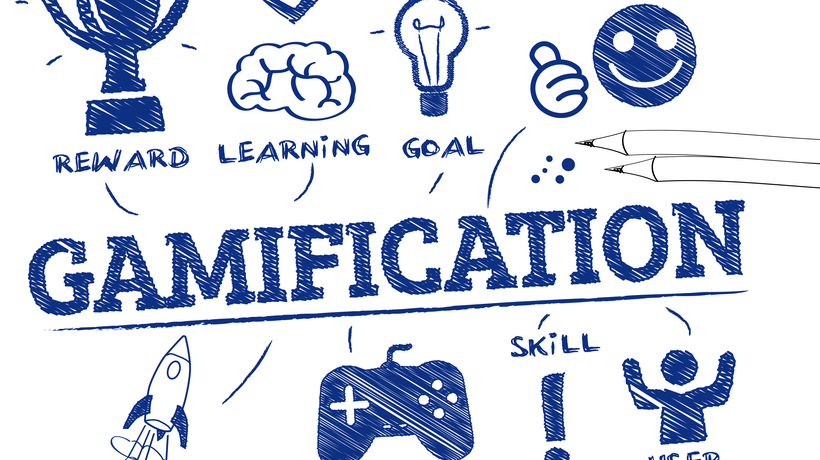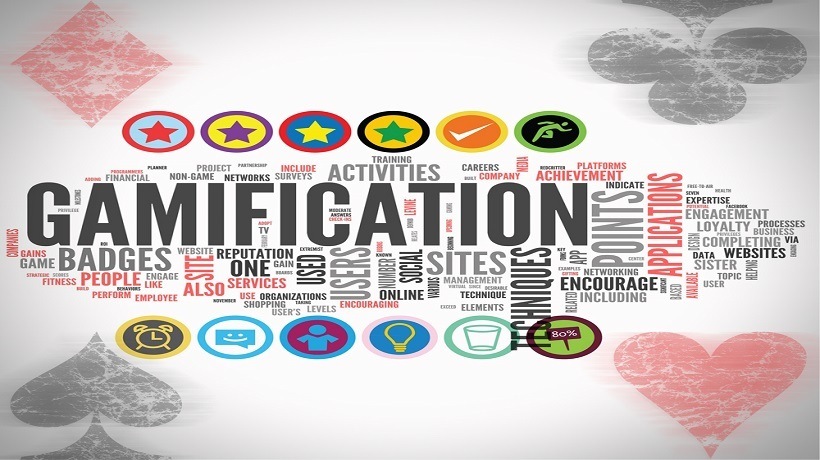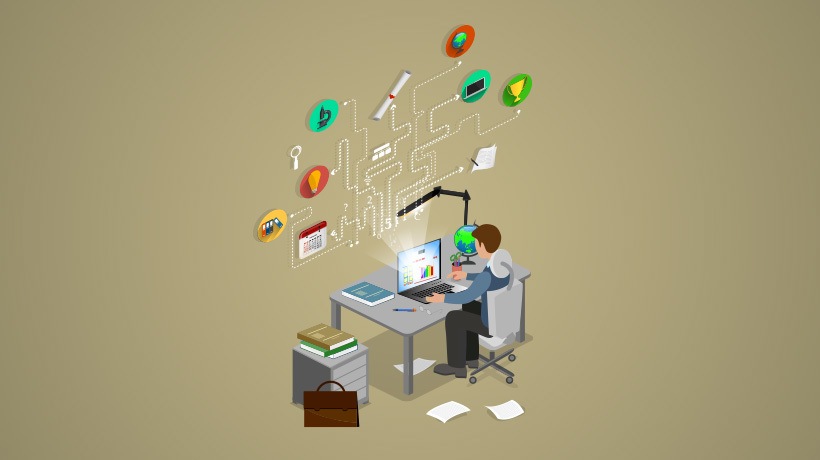The Gamification Revolution
In a world where attention spans are shrinking and distractions abound, educators are constantly seeking innovative ways to engage learners. One such method that has gained significant traction is gamification—a powerful approach that incorporates game design elements into non-game contexts to enhance learning experiences.
What Is Gamification?
Gamification is the integration of game mechanics, dynamics, and design techniques into non-game settings such as education to increase participation, motivation, and engagement. Essentially, it's about making learning as captivating and enjoyable as playing a game.
How Do Game Design Elements Enhance Learning Experiences?
Increased Engagement
Increased engagement, vital for effective learning, is seamlessly achieved through gamification—a game changer in education. By integrating game design elements like points and challenges, educators transform the learning experience into a captivating adventure. Gamification offers agency through choices and customization, making it inherently enjoyable and relevant. The immediate feedback loop, coupled with elements of competition and collaboration, ensures a vibrant and engaging learning environment, making sustained attention a natural by product of the educational journey.
Intrinsic Motivation
Intrinsic motivation, the engine driving genuine and lasting engagement in learning, is effectively harnessed through gamification. By embedding elements like points, rewards, and progression levels, gamified educational experiences tap into the innate desires for achievement and mastery. Learners are propelled by an internal desire to succeed, making the pursuit of knowledge a personally fulfilling endeavor. This approach capitalizes on the inherent human inclination to seek challenges, receive immediate feedback, and experience a sense of accomplishment, creating a powerful synergy between the joy of learning and the intrinsic motivation to excel.
Immediate Feedback
Immediate feedback, a cornerstone of effective learning, takes center stage in the gamified educational landscape. Unlike traditional learning methods, where feedback may be delayed, gamification provides learners with instant responses to their actions. This real-time feedback loop not only guides students in understanding their progress but also reinforces positive behaviors and corrects misconceptions promptly. The immediacy of feedback fosters a dynamic learning environment, allowing individuals to adapt and refine their understanding on the fly. This instant and tailored guidance not only accelerates the learning process but also cultivates a sense of agency and autonomy, empowering learners on their educational journey.
Collaboration And Competition
Collaboration and competition, key facets of gamification, redefine education by fostering teamwork and individual achievement. Gamified learning encourages students to tackle challenges collectively, sharing insights and overcoming obstacles. Simultaneously, competitive elements like point systems fuel motivation for individual excellence. Balancing collaboration and competition creates a dynamic and socially engaging learning experience, preparing students for success both individually and in collaborative endeavors.
Best Practices For Implementing Gamification In eLearning
Set Clear Objectives
The foundation of successful gamification lies in meticulously setting clear learning objectives. Educators must articulate precisely what they aim to achieve through gamified elements, ensuring a seamless integration of gaming dynamics with educational outcomes. By establishing transparent goals, students can comprehend the purpose behind the gamified approach, enhancing their overall engagement and commitment to the learning process.
Balance Challenge And Skill
Striking the delicate equilibrium between challenge and skill is paramount in gamification. Games should be captivating enough to capture the learners' interest while maintaining a level of difficulty that aligns with their skillset. This delicate balance ensures that students experience a sense of achievement without feeling overwhelmed, fostering a continuous state of engagement and motivation throughout the learning journey.
Frequent And Meaningful Feedback
The heartbeat of gamification is the immediate feedback loop. Regular and meaningful feedback is essential in guiding learners on their educational path. This instantaneous response mechanism not only provides clarity on progress but also serves as a powerful motivator, reinforcing positive behaviors and addressing misconceptions promptly. The feedback loop transforms the learning experience into a dynamic and responsive process, accelerating comprehension and retention.
Customization And Personalization
Acknowledging the diverse preferences and learning styles of students, gamification allows for customization and personalization. Whether it's choosing avatars, tailoring challenges to individual preferences, or selecting learning paths, these features empower students, fostering a sense of ownership and relevance in their educational journey. This personal touch not only enhances engagement but also makes the learning experience more relatable and meaningful.
Incorporate Narrative
Elevating gamification to a higher level involves the artful incorporation of narrative. A well-crafted story not only provides context to the gamified elements but also serves as a unifying thread throughout the learning journey. The narrative adds layers of meaning, making the educational experience not just informative but also enjoyable and memorable. Students become active participants in a story, deepening their connection to the material and enhancing overall comprehension and retention.
Conclusion: Using Game Design Elements For Education
Gamification has proven to be a game changer in the realm of education, offering a dynamic and engaging approach to learning. By leveraging the principles of game design, educators can transform the educational landscape, making the pursuit of knowledge effective and enjoyable. As we continue to unlock the potential of gamification, the future of learning promises to be a thrilling adventure for students of all ages.










